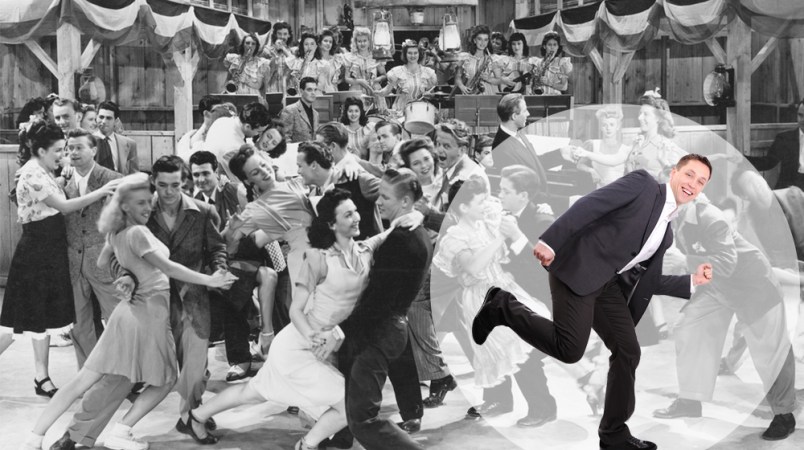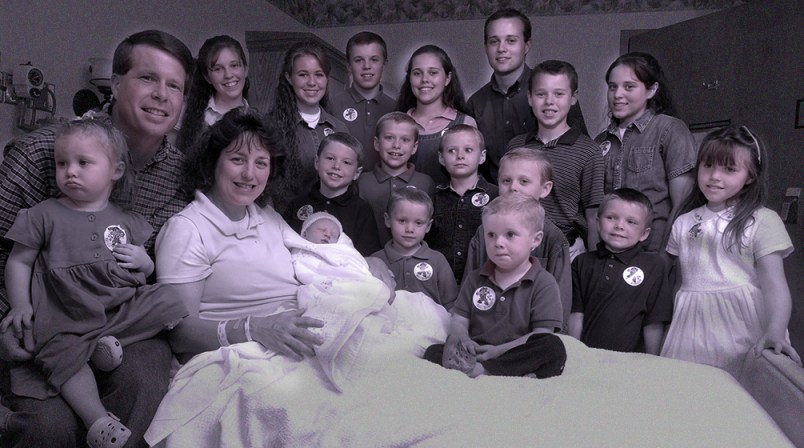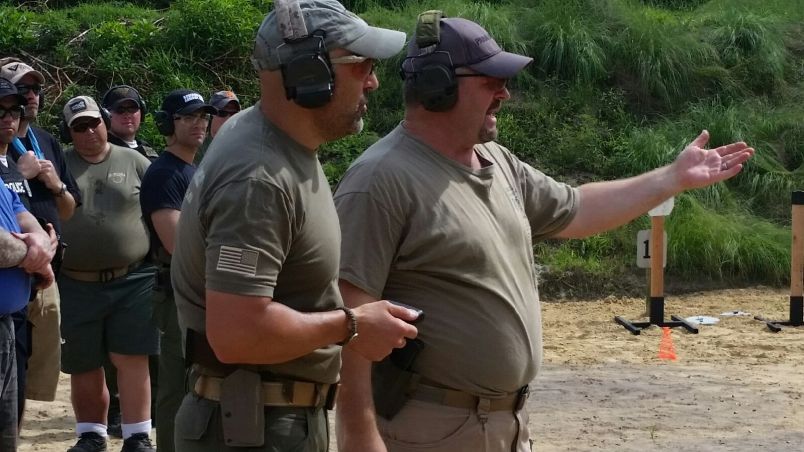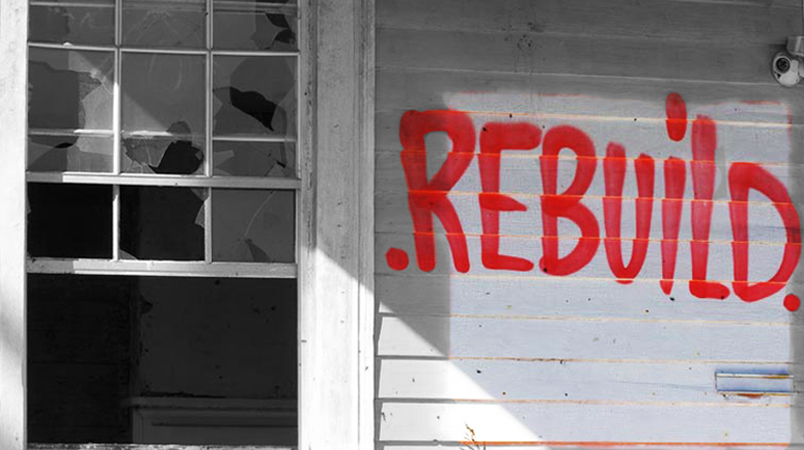It’s half past midnight on a Thursday morning and I’m on a double date, walking down Calle Bolívar in the fringes of Mexico City’s Downtown district. Passing gated-up storefronts and overlit hotel lobbies, we stop in front of a sign that reads Dos Naciones: Museo de Tragos y Arrabal, which Google tells me translates to something like Two Nations: Museum of Drinks and Suburbs, though I know that’s probably incorrect.
“It’s upstairs,” the bouncer with his grey suit, black tie and gel-sticky hair explains. My date says she’s been here before, that we’ll get a kick out of it. Emerging into the second floor salon I am greeted by a couple dozen tables populated with men in button-downs and women in sequined skirts, piled with buckets full of Grey Goose or Corona arranged around a wooden dance floor encircled by congos, bongs, trumpets. “Wait, hold on. I can’t dance salsa,” I stutter in Spanish as we’re shepherded to a table in the front row and the panic begins to set in.
The last time I had danced with one hand clasped across a woman’s back was 13 years ago at my middle school dance, in a gymnasium surrounded by other tweens, giggling with their hands over their mouths so nobody could see their braces. And at that moment, with the possibility of botching this date looming over my head, similar feelings of anxiety had begun to stir. The thing is, I love salsa music. And back in the U.S. I tend to spend Friday night dancing to hip-hop or house, crammed into basement clubs, lofts and warehouses surrounded by friends. But never in my life had I learned the steps to any coordinated partner dance—be it salsa, the fox-trot or the minuet—and aside from a few Latin American friends at home in New York, even the best dancers I know would need intensive classes to get up to speed.
Partner dancing in Gringolandia is comparatively non-existent compared even to Mexico, which many friends have told me has nothing on South American dance meccas like Colombia, Argentina, or Venezuela. But if you hit the history books like I did, you’ll find that this wasn’t always the case in the social world of white America. In fact the idea of dancing alone is a strikingly recent concept. So as I sat there, sweating, trying to delay the inevitable humiliating fiasco at hand, my mind drifted off and I thought to myself: When exactly did partner dancing disappear from the dance floor? How did we start, as Robyn would put it, dancing on our own?
We can trace the destabilization of the couple form back to the ragtime moves of the early 1900s: silly, simple dances named after animals like the Grizzly Bear, the Bunny Hug and the Turkey Trot. While all three are essentially variations on ballroom dances, they not only opened the form up to more interpretative, eccentric displays (the Grizzly Bear’s choreography is a loose imitation of two bears attacking each other, while the Turkey Trot involves simulated wing-flapping), but also paved the way for the amateur dancer.
“The professionals and aristocracy were on the sidelines,” writes historian Elijah Wald in his book How The Beatles Destroyed Rock ‘n’ Roll. People once regarded square dances, waltzes and polkas as fashionable European imports dictating the tastes of the lower classes, “but in the ragtime era, that process was reversed.”
These tongue-in-cheek dance crazes were pimped by celebrity dancers like Vernon and Irene Castle, a husband and wife duo who made a business out of watering down versions of black ragtime dances to well-heeled white people. In the first two decades of the 20th century, they oversaw an empire of dance schools, nightclubs and Broadway productions, and were most famous for inventing the supersimple Castle Walk. Before all this, Wald writes, “the idea of ‘going dancing’ as we know it did not exist”—debutante balls and country hoedowns weren’t exactly spontaneous affairs, and with their formalized, predetermined steps, they certainly didn’t have the “anyone can do it” feel of today’s dance parties.
The growth of America’s cities in the early 1900s—and the social mores that followed—also revolutionized the “dance hall,” spaces that were sort of proto-strip clubs, with male clients paying for individual dances (and sometimes more) from the female staff. Urban industry brought more and more young women into the labor force, offering them economic independence and an alternative to domesticity. Newly liberated, unsupervised women could mingle alongside men, in integrated spaces for social dancing.
Throughout the 1920s and 1930s, partner dancing grew further and further away from the pallid gait of the 19th century waltz as black dancers in establishments like New York’s Savoy Ballroom continued to introduce new styles like the Lindy Hop and the Jitterbug—the cornerstones of swing dancing. Rumba music and its matching dance craze also infiltrated the pop charts, introduced to America’s urban upper-crust via dancers in Havana.
Swing dance exploded in the American consciousness in the mid-1930s, thanks to big band leaders like Bennie Goodman and Tommy Dorsey, as well as Lindy Hop references in movies like Day At The Races, where the Savoy Ballroom residents, White’s Lindy Hoppers, twirl and flip around a disoriented Harpo Marx. But rather than getting more people out on the dance floor, the style’s athletic combination of complex turns, dangerous throws and light-speed footwork began to push intimidated amateurs back onto the sidelines. “As a result, the rise of swing meant that customers were dancing less and listening more,” Wald writes, quoting a 1938 Billboard report that chronicled the shifting dynamic. It was typical, he says, to see a crowd of 1,000 watching and grooving to only 100 people dancing.

If partner dancing was wobbling in the 1940s, it wasn’t until the 1950s that the couple form began to collapse altogether, when the early rumblings of the rock ‘n’ roll revolution introduced solo dances like the Twist into American youth culture. And while there exists a long documented history of solo social dances going back to rural black communities (like tap-dancing and clogging) in the United States, this was a watershed moment for white teens in the United States. “The Twist was the first break from couple or tea dancing,” said cultural historian Dr. Richard A. Long, to Ebony in 1991. “In the Twist, everyone could go for broke on his own, which is very African.”
Simple solo moves like the Bunny Hop, the Twist, the Mess-Around and the Mashed Potato made their way into American livingrooms thanks to hugely popular TV dance shows like Dick Clark’s American Bandstand, which often showcased more demure versions of dances developed by black youth. Historian John A. Jackson, author of American Bandstand: Dick Clark And The Making Of Rock ‘N’ Roll, explained that these TV shows did everything they could to placate a growing American anxiety about rock ‘n’ roll’s relationship to racial mixing. “What [American Bandstand] actually did was to act as a filter to make those black dances acceptable to white society,” he writes.
In the 1960s, couples dancing’s coolness factor plummeted even further, creating space for a new kind of female independence on the dance floor. “In the old-fashioned style we may not feel particularly in a romantic mood and yet very often our partner would grab us and hold us so closely,” says a female dancer quoted in Wald’s book. “And I like this because, you know, we can completely keep at arms length and dance however we please.” The dissolution of traditional couples dancing mirrored the experimentation of the 1960s, helped along by the “free love” movement and the advent of the Pill.
Solo dancing also allowed women to dance amongst each other, which was much better than either fending off unwanted advances or secretly willing a guy to ask for a dance. It assuaged skill anxiety—no more wondering whether your partner had better moves. Being a good dancer—period—quickly became less and less of a priority in American mass culture, which in many ways stigmatized dancing skill as evidence of classlessness and bad taste. In his short memoir about growing up in Alabama in the 1960s, Among author Tobias Wolff’s no-nos if one wanted to appear upper class: “Painting the walls of your house in bright colors. Mixing ginger ale with whisky. Being too good a dancer.”
Meanwhile, the folk movement introduced America to the first ever form of modern pop music not made for the dance floor. Peter, Paul, and Mary’s debut album came packaged with an advisory informing listeners that “it deserves your exclusive attention. No dancing, please.” This stigma would come to a head in the “disco sucks” movement of the 1970s, a movement of (racist, homophobic) rock fans that culminated in the Disco Demolition Rally—where 59,000 people showed up at Chicago’s White Sox stadium to burn and smash danceable disco records.
Historians like Barbara Ehrenreich, in her book Dancing in the Streets: A History of Collective Joy, have argued that free-form, hippie-style dancing offered a more collective ecstatic experience: Solo dancers are connecting with a whole room of people, not just one designated partner. At the cusp of the “sixties” as we know it now, Ehrenreich says, the white world of entertainment was “frozen over and brittle—not only physically immobilizing but emotionally restrained.” Rock, she says, “thawed this coolness.” The breakdown of the form continued through to the mass hippie gatherings of the late 1960s, where even the simplest prescribed dance steps were superseded by free-wheeling ecstatic movements, often aided and abetted by hallucinogenic drugs. If the sock hop of the 1950s loosened the laws of the couples dance, Woodstock banned it from the field of mass culture for good, laying the groundwork for the state of dance today.

Since it fell from favor mid-century, the couples dance has reared its head here and there in mutant form. Disco superstar Van McCoy’s smash hit, “The Hustle,” popularized the dance of the same name in the summer of 1975, bringing a little piece of the Bronx onto the global stage. The dance, a freeform variation of the standard salsa step developed in New York’s latin ballrooms, peaked when it featured in a Saturday Night Fever discotheque scene, spawning a brief nationwide Hustle obsession that vanished as quickly as it appeared. In a hip hop era, the bump and grind ascended to become a source of outrage at Catholic school dances across the country, thanks to mid-90s babymaking anthems like Next’s “Too Close,” though it has been superseded by a new target of parental panic: twerking, a decidedly solo move (or, at least, one that is performed on, rather than with, a partner).
Coordinated couples dance is still a huge presence in Latin nightlife across the country. But outside of those enclaves, the only place you’re likely to find two people staring into each other’s eyes, locked into a closed position, is in the competitive context. So You Think You Can Dance, which premiered in 2005 with more than ten million viewers in the United States, boasts franchise leagues in roughly 25 countries. Dancing With The Stars was the world’s most popular program among all genres in 2006 and 2007, according to Television Business Insider. There are high-profile ballroom leagues at elite East Coast colleges and various championships for both ballroom and latin dance styles. There was even a brief moment in the 1980s when Dirty Dancing, Flashdance and Footloose stoked the flames of this country’s love for watching couples dance (Footloose even got a remake in 2001, grossing $63 million worldwide).
But today is 2015, and the only touching two people do on a dance floor on a Friday night involves the grind of one person’s pelvis and another person’s posterior. Like the Twist, anyone can do it. Unlike the Turkey Trot, however, it’s not going away any time soon.
Max Pearl is the writer, editor, and founder of Cluster Mag, and has written for The New Inquiry and VICE.






